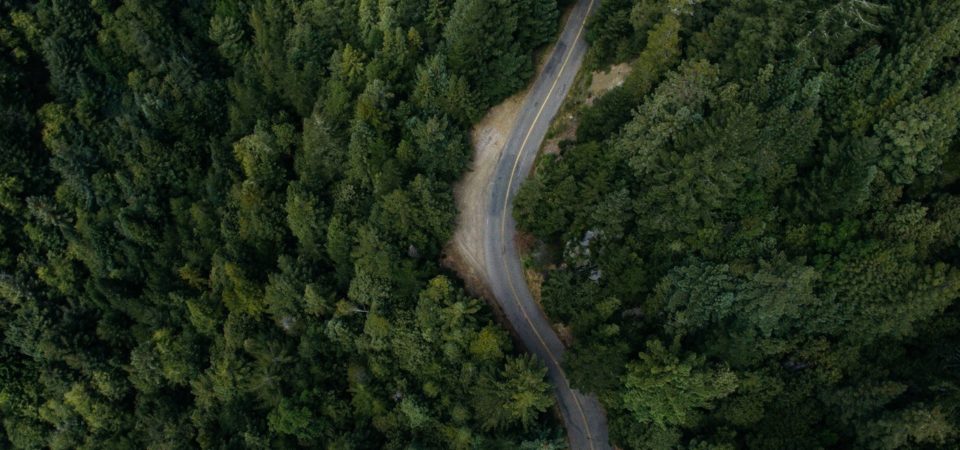Item Link: Access the Resource
File: Download
Publication Info: https://doi.org/10.1111/csp2.521
Date of Publication: October 8
Year of Publication: 2021
Publisher: Wiley
Author(s): Jayden E. Engert, Françoise Yoko Ishida, William F. Laurance
Journal: Conservation Science and Practice
Volume: 3,Issue 11
Abstract
Road-infrastructure projects are expanding rapidly worldwide while penetrating into previously undisturbed forests. In Sumatra, Indonesia, a planned 88-km-long mining road for transporting coal would imperil the Harapan Forest, the island’s largest surviving tract of lowland rainforest. Such roads often lead to increased forest encroachment and illegal logging, fires, poaching, and mining.
To evaluate the potential impact of the proposed road, we first manually mapped all existing roads inside and around the Harapan Forest using remote-sensing imagery. We then calculated the expected increase in forest loss from three proposed mining-road routes using a metric based on travel-time mapping. Finally, we used least-cost path analyses to identify new routes for the road that would minimize forest disruption and road-construction costs.
We found that road density inside and nearby the Harapan Forest is already 3–4 times higher than official data sources indicate. Based on our analyses, each of the three proposed mining-road routes would lead to 3,000–4,300 ha of additional forest loss from human encroachment plus another 424 ha lost from road construction itself. We propose new routes for the mining road that would result in up to 3,321 ha less forest loss with markedly lower construction costs than any other planned route. We recommend approaches such as ours, using least-cost-path analysis, to minimize the environmental and financial costs of major development projects.
Read or download the full paper here or from the link above.
The views and opinions expressed through the MAHB Website are those of the contributing authors and do not necessarily reflect an official position of the MAHB. The MAHB aims to share a range of perspectives and welcomes the discussions that they prompt.
